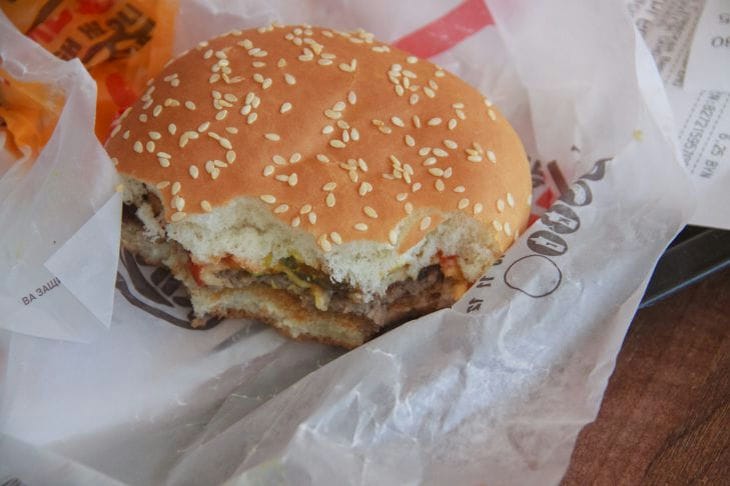In the modern world, the problem of excess weight and obesity is becoming increasingly urgent.
One of the key reasons for this phenomenon is poor nutrition, in particular, the consumption of foods that increase appetite and, as a result, increase the calorie content of the diet.
In this article, together with nutritionist Maria Kapralova, we will look at the main food groups that can lead to unwanted weight gain.
High Sugar Foods
Sugar is one of the main culprits when it comes to increasing appetite. Foods containing added sugar, such as sweets, sodas, desserts and some yogurts, can cause sharp spikes in blood glucose levels.
After consuming sugar, glucose levels rise quickly but fall just as quickly, leading to a feeling of hunger. This creates a vicious circle: the person starts eating again, often choosing the same high-calorie foods.

Processed carbohydrates, also known as refined carbohydrates
Processed carbohydrates, such as white bread, pasta, and baked goods, also contribute to increased appetite. They are quickly absorbed by the body and cause sharp fluctuations in blood sugar levels.
Essentially all carbohydrates are eventually broken down into sugar molecules. In addition, these foods often contain little fiber and nutrients, making them less filling. As a result, a person may consume more calories than necessary, which in turn can lead to weight gain.
Fatty foods
Some fatty foods can increase appetite due to their high calorie content and ability to slow down digestion. For example, fast food, fried foods, and snacks (chips, salted nuts) contain a lot of fat and little nutrition.
That is, these are processed fats with a long shelf life and low cost, which are usually used in large-scale production. Such products can cause a feeling of satiety only for a short time, after which there is a desire to eat again. Choose healthy fats - raw pressed live oils, ghee, unrefined olive oil, etc.
Alcohol
Alcohol is another product that can increase appetite. Not only is it high in calories, but it also affects the hunger centers in the brain.
Drinking alcohol can lead to decreased self-control and increased desire to eat something high in calories. Often people do not realize how many calories they consume together with alcoholic drinks and snacks. Absolutely all alcohol = fast carbohydrates, i.e. sugars.
Low Protein Foods
Protein is an important macronutrient that helps you feel full. Foods that are low in protein (such as many processed snacks, cold cuts, fast food, or convenience foods) do not provide a long-lasting feeling of fullness.
This may lead to a person more often seeking additional food sources to satisfy hunger.
Sweet drinks
Sweetened sodas and juices with added sugar are some of the most calorie-dense foods that don't leave you feeling full.
Research shows that people who drink sugary drinks often do not compensate for these calories by reducing their food intake at other meals. This can lead to a significant increase in overall calorie intake.
It is best to consume freshly squeezed juices with pulp and, accordingly, get a juicer.
Foods High in Sodium
Salt can be not only a flavor enhancer, but also a factor in overeating. Foods high in sodium (such as fast food and canned goods) can make you thirsty and want to eat more.
Additionally, salt can enhance the flavor of food, making it more appealing and leading to more being eaten.









